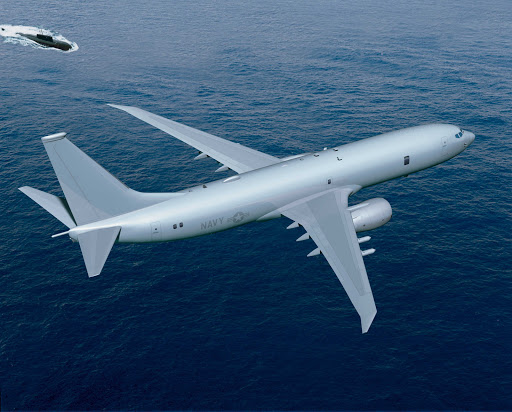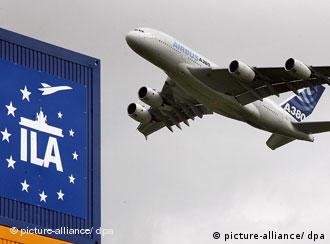 "Sun-eating dragon" returns to China
"Sun-eating dragon" returns to China
Paris (AFP) July 29, 2008: Earth, the Sun and the Moon will align in a celestial ballet on Friday, rewarding China, where the first record of an eclipse was made more than 4,000 years ago, with a dazzling show.
Longingly awaited, the first total solar eclipse since March 2006 kicks off at 0923 GMT, when the lunar shadow touches down on the fringes of Nunavut province in northern Canada.
The dark, narrow disc, known as the umbra, then races across the roof of the world before alighting in northern Siberia, where it will skip across central Russia and central Asia and head into Mongolia and northwestern China.
It then curves to the southeast before expiring near the city of Xian at 1120 GMT, after a trek of some 10,200 kilometres (6,375 miles).
Most of Asia, northern Europe and northern Canada will see a partial eclipse, weather permitting, according to NASA's veteran eclipse expert, Fred Espenak (http://eclipse.gsfc.nasa.gov/OH/OH2008.html).
"More than a billion people will be in the shadow of the Moon on August 1st," says the US publication Sky & Telescope, which is backing a trip aboard a Russian icebreaker by US amateur astronomers, who will view the eclipse from the Arctic Ocean.
Eclipses of the Sun -- the bringer of light, and thus life -- have long held a tenacious grip on the human mind.
To the ancient Chinese, the eclipse was a sun-eating dragon which had to be chased away with clashing cymbals and pans. For Vikings, two chasing wolves, Skoll and Hati, were to blame. In Hindu mythology, a spiteful demon called Rahu takes a bite out of the Sun from time to time.
The first known record of an eclipse was made in the reign of Zhong Kang, the fourth emperor of China's Xia dynasty.
Because we know that several solar eclipses took place around that time, astronomers are uncertain of the exact date when this event took place -- it could be 2128 or 2134 BC.
-- Eclipses occur because of a weird symmetry --
But even then, the brief text shows that the eclipse was clearly mind-blasting.
"In the fifth year of Zhong Kang, in the autumn, in the ninth month, on the first day of the month, there was an eclipse of the Sun, when he ordered the Prince of Yin to lead the imperial forces to punish Hsi and Ho," says the record.
Hsi and Ho, according to legend, are two astrologers of the Imperial Court who were beheaded because they had failed to warn the boss that the Sun would be blotted out.
Today, a total solar eclipse remains a stunning sight and a humbling reminder of human puniness, but mathematics have taken the sting out of superstition.
Eclipses occur because of a weird symmetry. The Sun is 400 times wider than the Moon, but it is also 400 times farther away.
As a result, when the Moon is perfectly in line between the Earth and the Sun, for those in the complete lunar shadow, the entire solar surface is covered.
The Sun turns black, leaving just a golden halo. The stars are blotted out and the sky turns indigo. Birds become confused or may go to roost, and bats and other nocturnal animals may sleepily emerge.
In Friday's eclipse, totality will last a maximum of two minutes, 27 seconds, at 1021 GMT, near Nadym, in northern Russia, according to Espenak. The record duration for totality is seven and a half minutes.
The next solar eclipse takes place on July 22, 2009 when it will cross central India, northern Bangladesh and central China.
That is likely to be the most-viewed eclipse in the history of humanity. The last time an eclipse tracked over such a populous eclipse was an alignment on August 11, 1999 which swept from western Europe to India.
For eclipse junkies, safe viewing is essential, using proper optical filters to protect the retina from dangerous ultraviolet light, which still reaches Earth even at totality. Some Internet sites are offering live webcasts of the event.


































